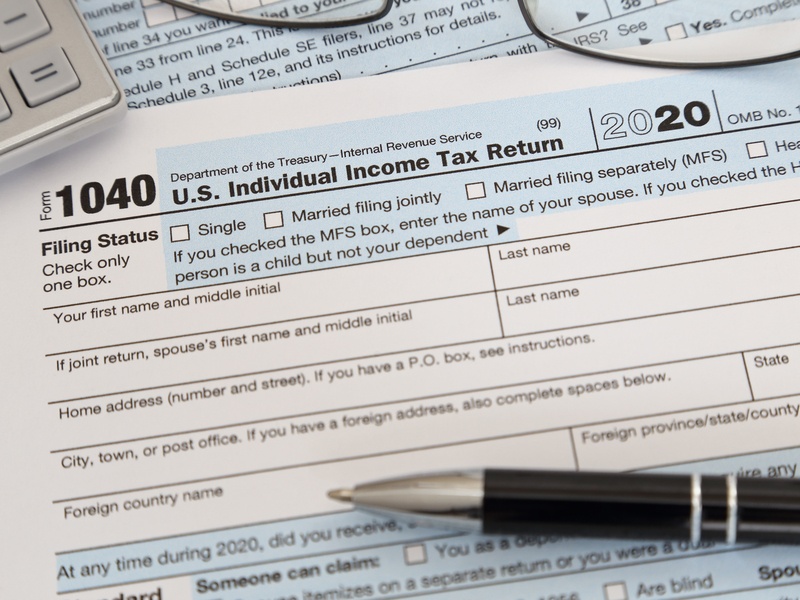IRS Filing Dates and Updates to Employee Retention Credit
Published:The IRS has announced they will start to accept 2020 tax returns on Friday, February 12th. While the filing season is delayed by a few extra weeks compared to prior tax seasons, the IRS has also indicated they do not intend to extend this year’s filing season beyond Thursday, April 15, 2021. Even with the delay in the start date, we encourage clients to send in their 2020 tax information as soon as they are able.
Updates to the Employee Retention Credit
The original Employee Retention Credit (Retention Credit) created by the CARES Act in March 2020 was set to expire December 31, 2020. The Retention Credit, which is a credit against certain employment taxes, was calculated as 50% of the qualified wages paid to employees, up to $10,000 of qualified wages (meaning the credit was capped at $5,000 per employee). The Consolidated Appropriations Act, 2021 (CAA) extended the credit to June 30, 2021, and made several changes to it.
Under the CARES Act, for a business to qualify for the credit, it could not have received a PPP loan, it had to have been forced to shutdown by a government COVID order or had gross revenue that had decreased by 50% or more when compared to the previous year’s quarter, and it had to continue to pay qualified wages to employees. For a business with more than 100 employees, the qualified wages were wages paid to non-working employees. For a small business with less than 100 employees, the employees could be working or non-working employees. The Retention Credit was not applicable to wages paid to business owners or their family members.
Under the CAA, some of the Retention Credit qualifications did not change. The credit still is not applicable for wages paid to business owners or their family members, nor can it be claimed against wages already used for the Sick and Family Leave Credit or the Work Opportunity Tax Credit. However, there are a few key differences in the credit going forward.
The first main difference is that a business can use the credit even if it received PPP loan funds, and that includes either the first and/or second round of PPP funds. However, a business cannot use the same payroll costs as a qualified expense against the PPP loan funds and for qualified wages to calculate the credit. This may allow a business to use more of its non-payroll costs towards the PPP loan funds (not to exceed 40% of the loan) and still be able to use the Retention Credit on qualified wages paid to employees.
Second, for 2021, the gross revenue decrease percentage has been dropped to 20% when comparing revenue in 2021 to the same quarter in 2019. The CAA does include a section that allows for the business to also compare the revenue decrease amount to the immediately preceding quarter. To use the preceding quarter method, an election will need to be made, however it has not yet been determined how to make the election.
Third, if a business had fewer than 500 full-time employees, both working and non-working employee wages qualify for the 2021 credit.
Lastly, the maximum 2021 credit allowed per employee increases under the CAA. Businesses can use 70% of qualified wages per quarter (up to $10,000 of qualified wages) to calculate the credit, which means, for 2021, the credit is capped at $14,000 ($7,000 per quarter) per employee.
If you have any questions, please contact your client service partner or manager.
